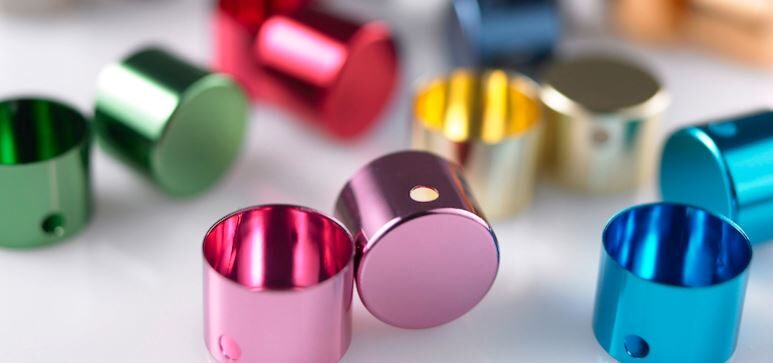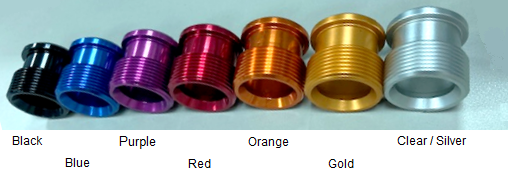
Image Reference website from https://www.bolymetal.com/zh-hant/capability/surface-finishing/anodize/
Multiple factors affecting the anodized oxide color.
1. Anodizing Conditions:
Anodizing is a surface treatment method that typically involves exposing metal to specific chemicals to form an oxide layer.
The duration of treatment, temperature, and concentration of chemicals can affect the thickness and properties of the oxide layer, thereby influencing the color of the anodized material.
2. Metal Substrate:
Different types of metal substrates, such as aluminum, titanium, etc., may result in different colors. Each metal reacts differently during the anodizing process.
3. Cathode Coloring:
Products after anodization are sometimes subjected to coloring processes to further alter the color. The type and concentration of dyes used during the coloring process may contribute to color variations.
4. Oxide Layer Thickness:
The thickness of the oxide layer formed during anodizing can influence the color appearance. Different thicknesses of the oxide layer can create various geometric optical effects, leading to different color appearances.
5. Environmental Conditions:
Anodized colors may be affected by environmental factors such as light, temperature, and humidity. Colors may appear differently under varying environmental conditions.
Therefore, careful control of these factors is necessary during the manufacturing and application of anodized products to ensure consistent color representation.
To ensure color quality meets customer's requirement, we kindly request customers to provide samples for color comparison.
We are committed to maintaining consistency by producing within the same batch if possible. If the customer's color sample differs from our standard colors (see below), we will make every effort to achieve the closest match.
Please visit our pages CNC Turning Parts、CNC Milling Parts、CNC Machined Parts
